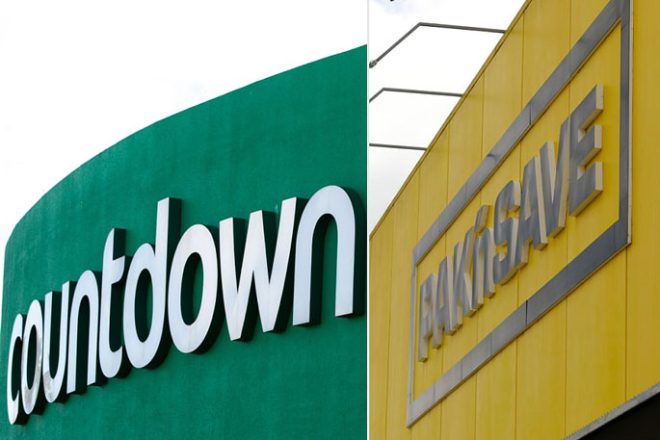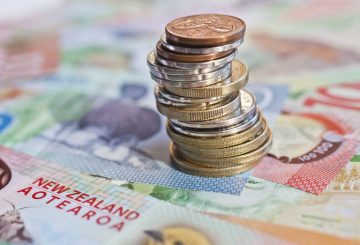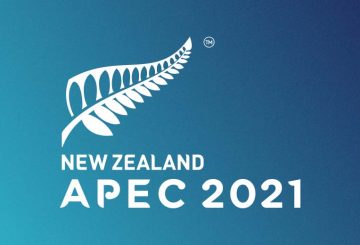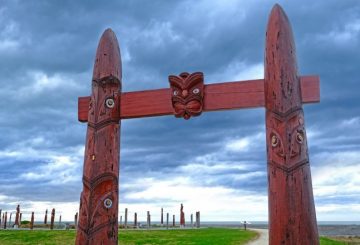Từ ngày 1 tháng 9, các chuỗi siêu thị lớn ở New Zealand sẽ phải đối mặt với khoản tiền phạt lên tới 3 triệu USD nếu họ đối xử không công bằng với các nhà cung cấp nhỏ. Động thái này diễn ra sau một báo cáo của Ủy ban Thương mại cho thấy giá hàng tạp hóa bán lẻ cao trong nước và thiếu cạnh tranh trong ngành công nghiệp 22 tỷ USD.
Chi tiết chính:
- Kết quả của ủy ban cho thấy giá hàng tạp hóa của New Zealand và lợi nhuận của các nhà bán lẻ lớn cao so với tiêu chuẩn toàn cầu.
- Lĩnh vực thực phẩm và tạp hóa chủ yếu được kiểm soát bởi Foodstuffs (chuỗi New World, Pak’nSave, và Four Square) và Woolworths Group (Countdown, Fresh Choice và Super Value), cùng nhau chiếm 80% thị trường.
- Chính phủ đã đưa ra các biện pháp, bao gồm một bộ quy tắc ứng xử và luật bắt buộc để ngăn chặn các siêu thị hạn chế quyền tiếp cận đất đai của đối thủ cạnh tranh.
- Bộ luật bắt buộc các siêu thị phải hành động thiện chí với các nhà cung cấp, đảm bảo thanh toán kịp thời và hợp đồng rõ ràng. Nó cấm thay đổi hợp đồng hồi cứu
- Hình phạt cho việc vi phạm mã có thể lên tới 3 triệu đô la hoặc 3% doanh thu cho các siêu thị. Các cá nhân có thể bị phạt từ 200.000 đô la đến 500.000 đô la
- Quy tắc sẽ có hiệu lực hoàn toàn trong sáu tháng, với cả nhà bán lẻ và nhà cung cấp dự kiến sẽ đàm phán theo các điều khoản của nó.
- Lợi ích cho người tiêu dùng bao gồm giá thấp hơn, tăng phạm vi sản phẩm và nhiều sự lựa chọn hơn. Tuy nhiên, giá có thể không quay trở lại mức trước đó
- Việc vi phạm mã sẽ được giám sát bởi Ủy viên tạp hóa, Pierre van Heerden, với quyền yêu cầu thông tin từ cả nhà cung cấp và siêu thị.
.
.
.
Ủy viên khuyến khích các nhà cung cấp báo cáo bất kỳ vấn đề nào, đảm bảo tính ẩn danh của họ. Mục đích cuối cùng là tăng cường cạnh tranh và công bằng trong ngành, mang lại lợi ích cho cả nhà cung cấp và người
tiêu dùng.






























































